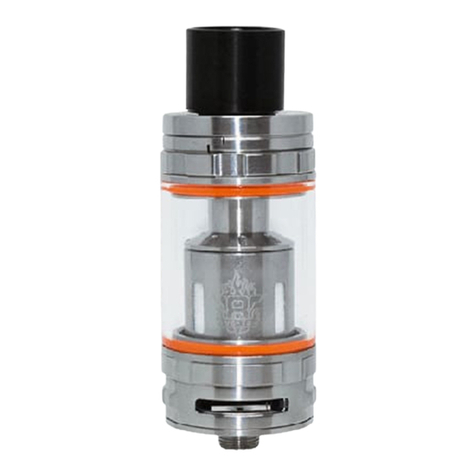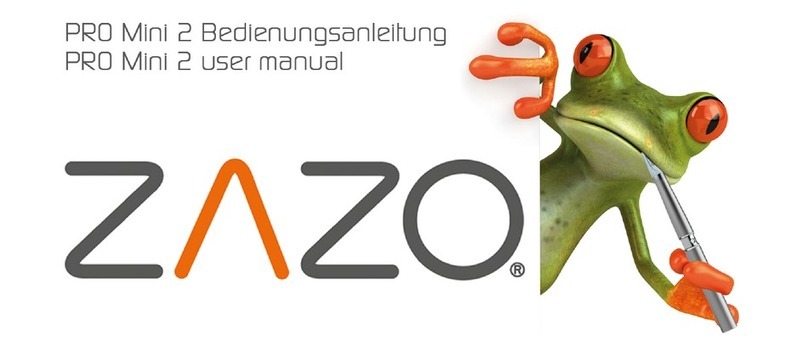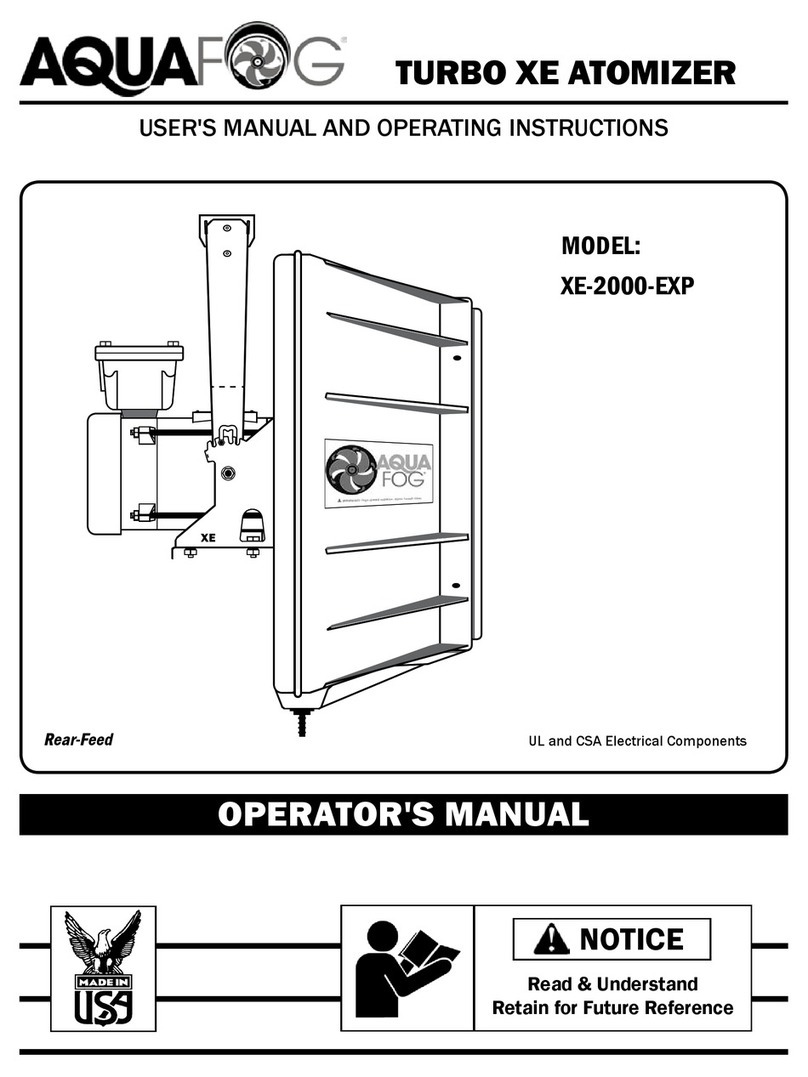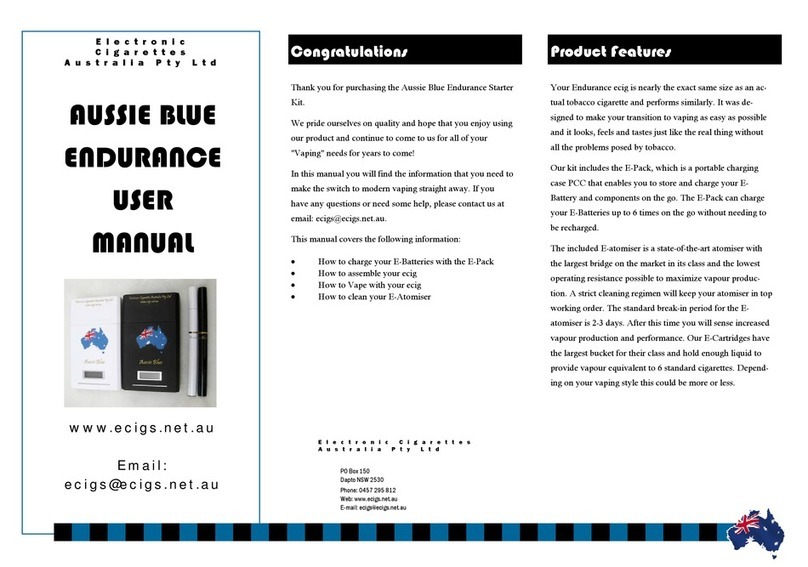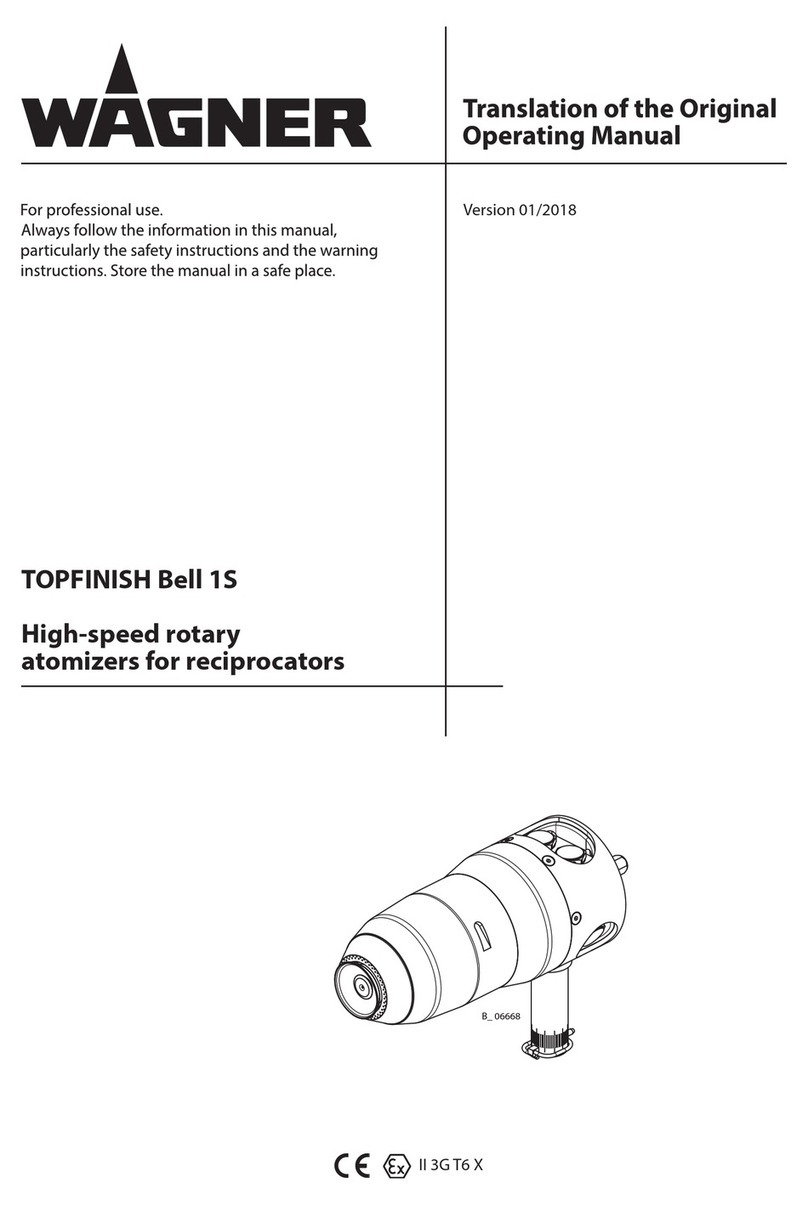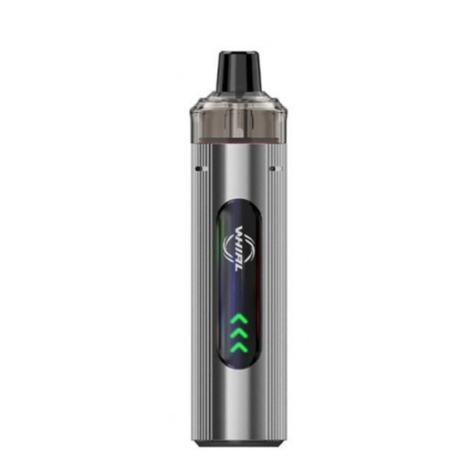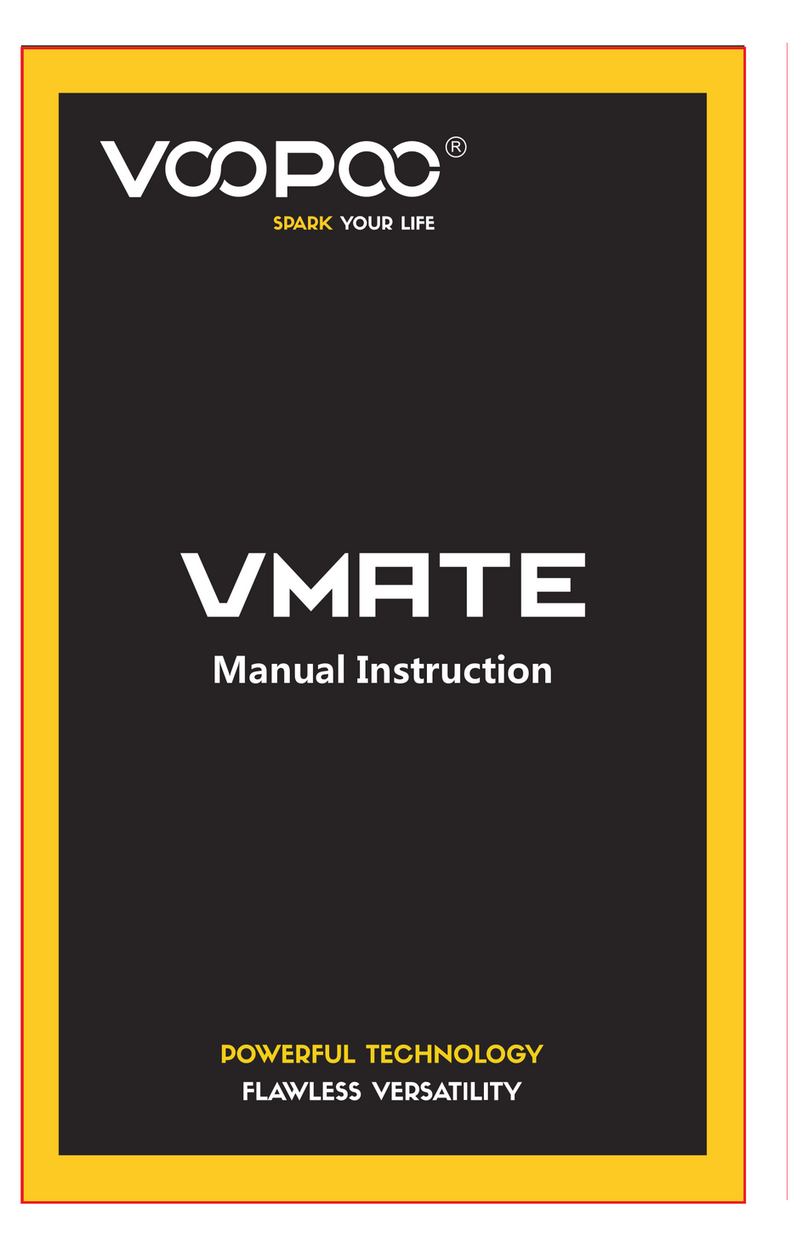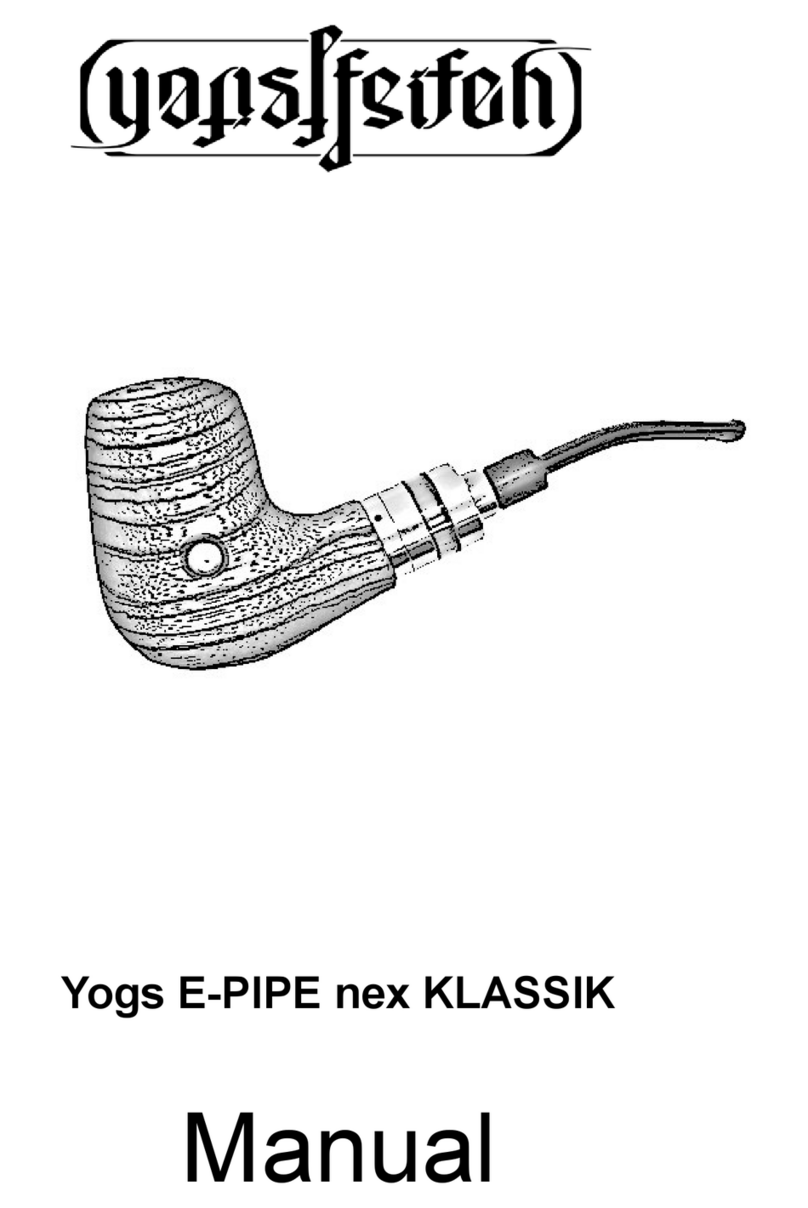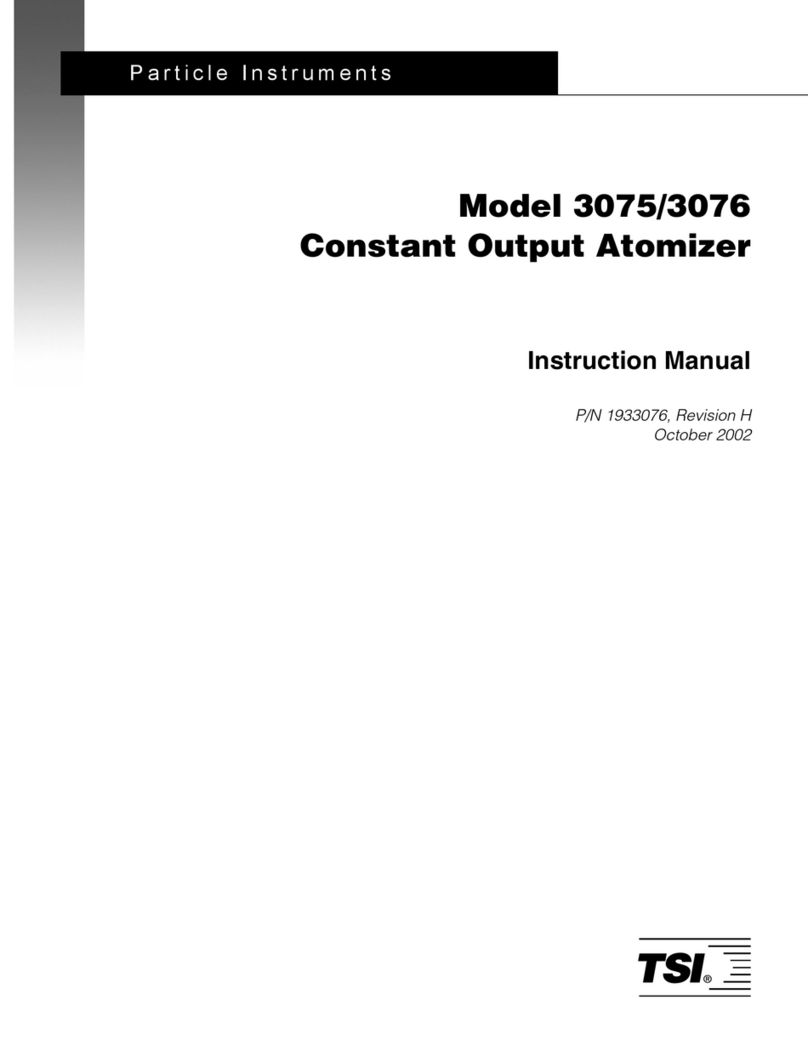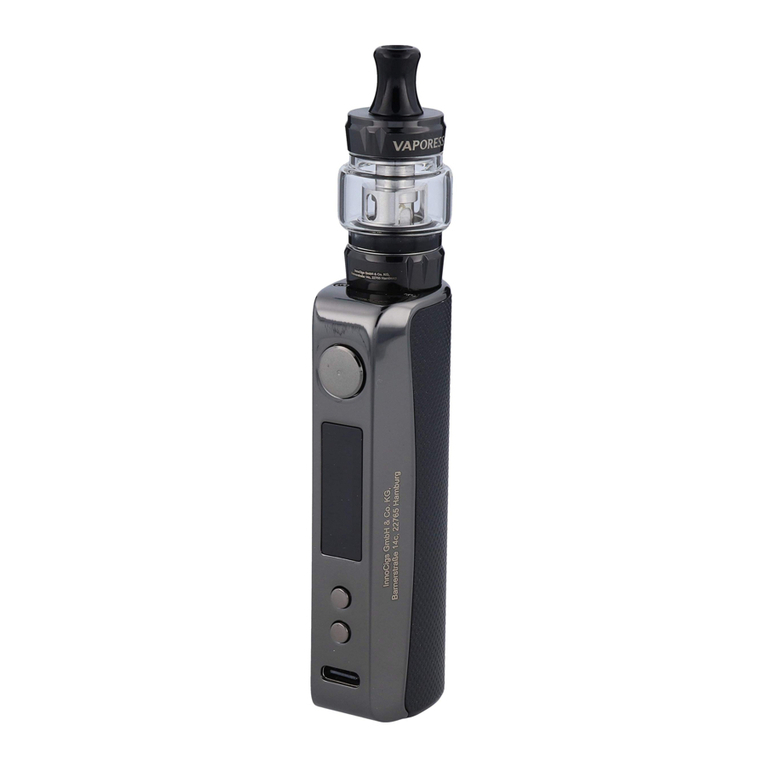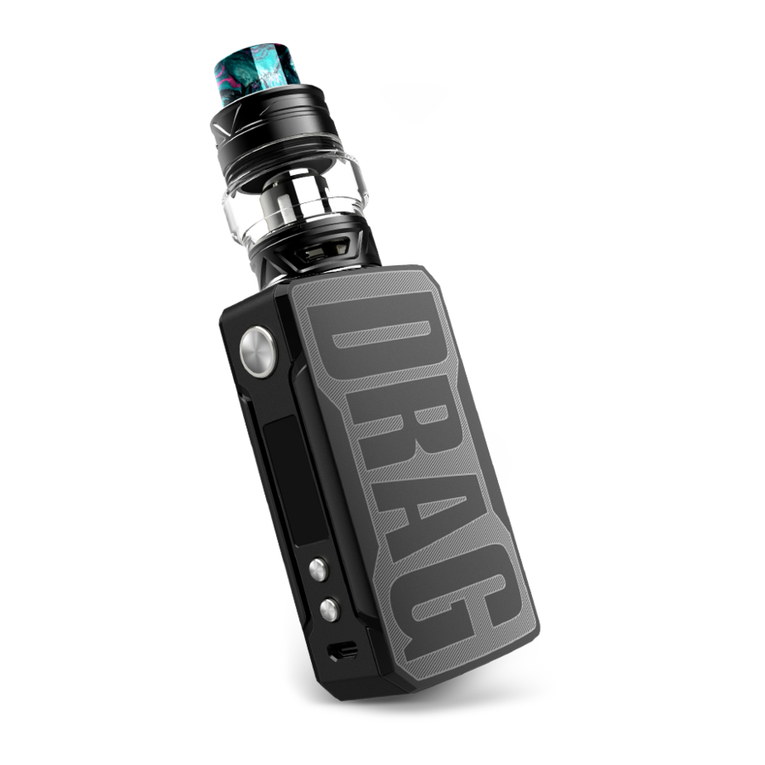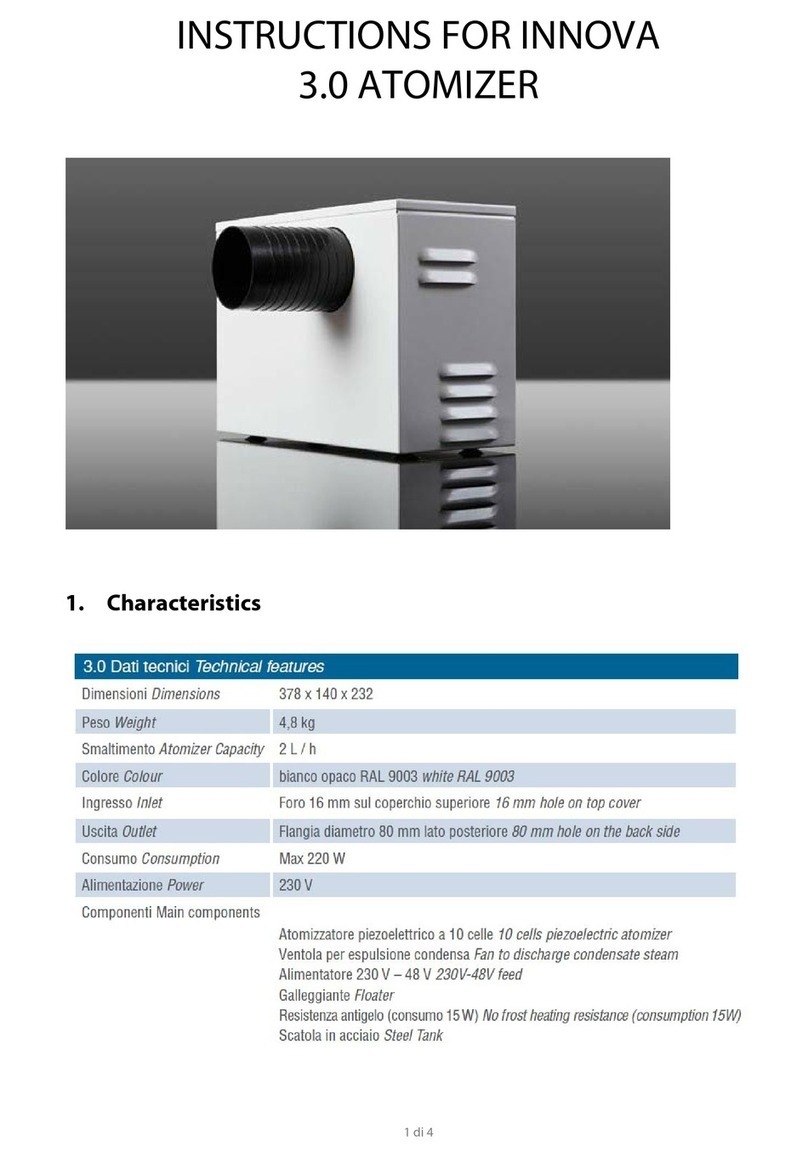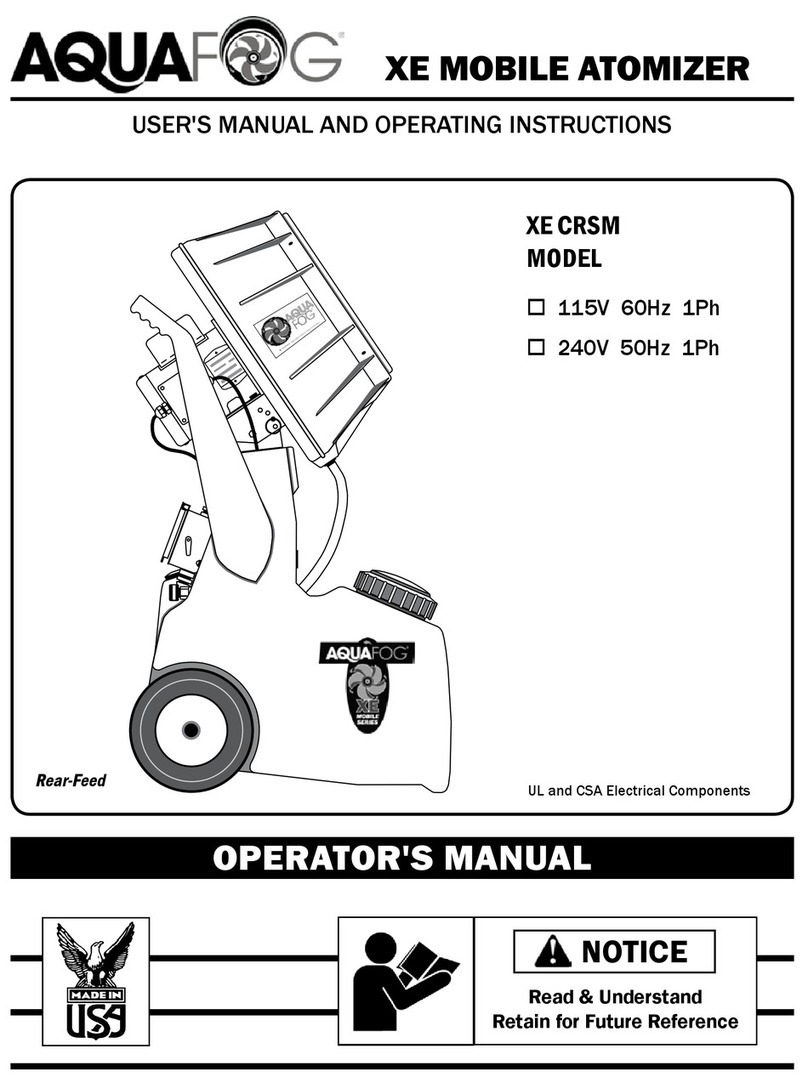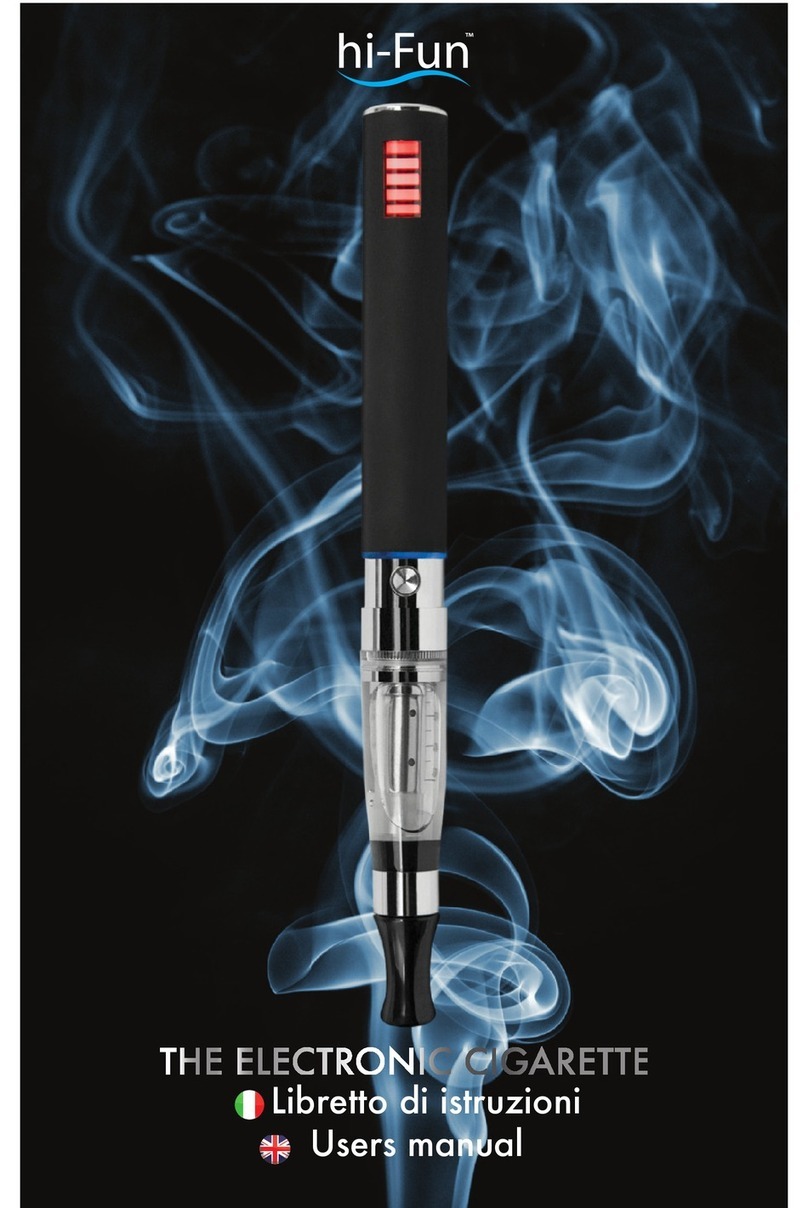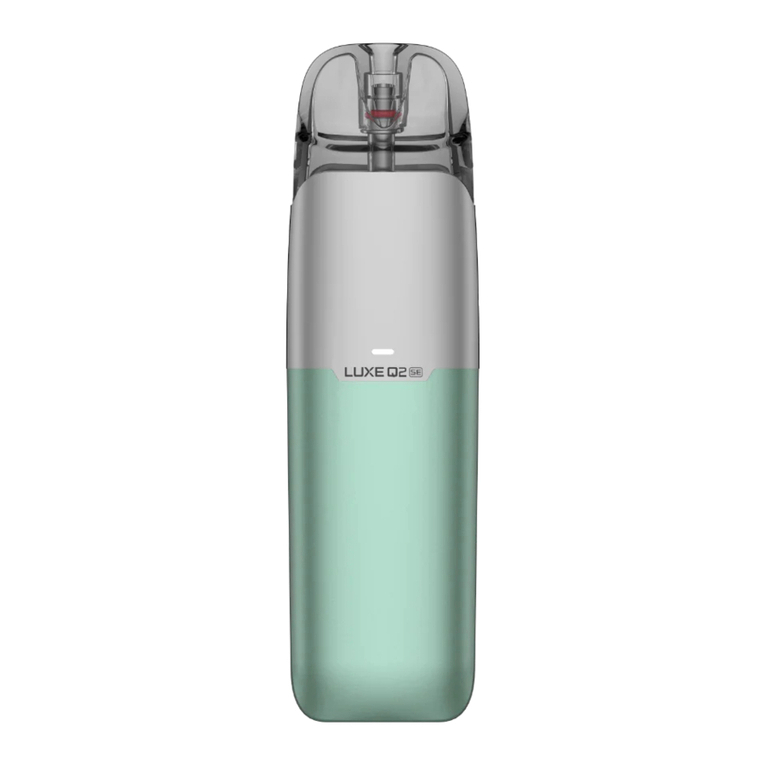
8
VERSION 01/2021 ORDER NUMBER DOC2422004 TOPFINISH Bell 1S ECH
1.3 LANGUAGES
The operating manual is available in the following languages:
Original operating manual
Language Order no.
German 2422003
Translation of the original operating manual
Language Order no.
English 2422004
Additional languages on request or at: www.wagner-group.com
1.4 ABBREVIATIONS
Order no. Order number cpl complete
Spare part HV High voltage
Marking in the spare parts lists OF Optical Fiber
Position PE Polyethylene
Number of pieces GFK Fiberglass-reinforced plastic
Wrench size (tool) -- --
1.5 TERMINOLOGY FOR THE PURPOSE OF THIS MANUAL
Cleaning
Cleaning Manual cleaning of devices and device parts with cleaning
agent
Flushing Internal ushing of paint-wetted parts with ushing agent
Product pressure
generator
Pump or pressure tank
Personnel qualications
Trained person Is instructed in the tasks assigned to him/her, the potential risks
associated with improper behavior as well as the necessary
protective devices and measures.
Electrically trained
person
Is instructed by an electrician about the tasks assigned to him/
her, the potential risks associated with improper behavior as well
as the necessary protective devices and measures.
Electrician Can assess the work assigned to him/her and detect possible
hazards based on his/her technical training, knowledge and
experience in relevant provisions.
Skilled person in the
context of DGUV
209-052
A person who, based on his/her technical training, experience
and recent vocational experience, has sucient technical
knowledge in the area of electrostatic coating and is familiar
with the relevant and generally accepted rules of technology
so that he/she can inspect and assess the status of devices and
coating systems based on workplace safety.
Additional requirements for skilled persons can also be found
in TRBS1203(2010/amendment 2012): Expert knowledge in the
areas of protection against excessive pressure, electrical hazards,
and explosion protection (where applicable).
